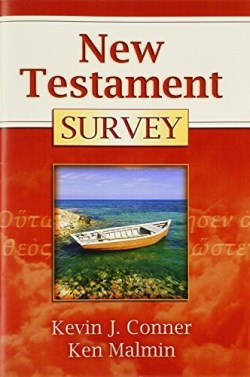Category: Surveys
Showing all 2 results
-
Old Testament Survey (Reprinted)
$6.99Add to cartOld Testament Survey is designed to give a patterned glimpse at each book of the Old Testament. This has been done by applying these ten points to each book: (1)Titles, (2)Author, (3)Date, (4)Key Words and Phrases, (5)Key Verses, (6)Purpose, (7)Message, (8)Outline, (9)Summary, and (10)Christ Seen.
-
New Testament Survey (Reprinted)
$6.99Add to cartNew Testament Survey addresses the New Testament in succinct understandable points, understanding the part and relating them to the whole. It is designed to give a patterned glimpse at each book of the New Testament. This has been done by applying these ten points to each book: (1) Titles, (2)Author, (3)Date, (4)Key Words and Phrases, (5)Key Verses, (6)Purpose, (7)Message, (8)Outline, (9)Summary, and (10)Christ Seen.


